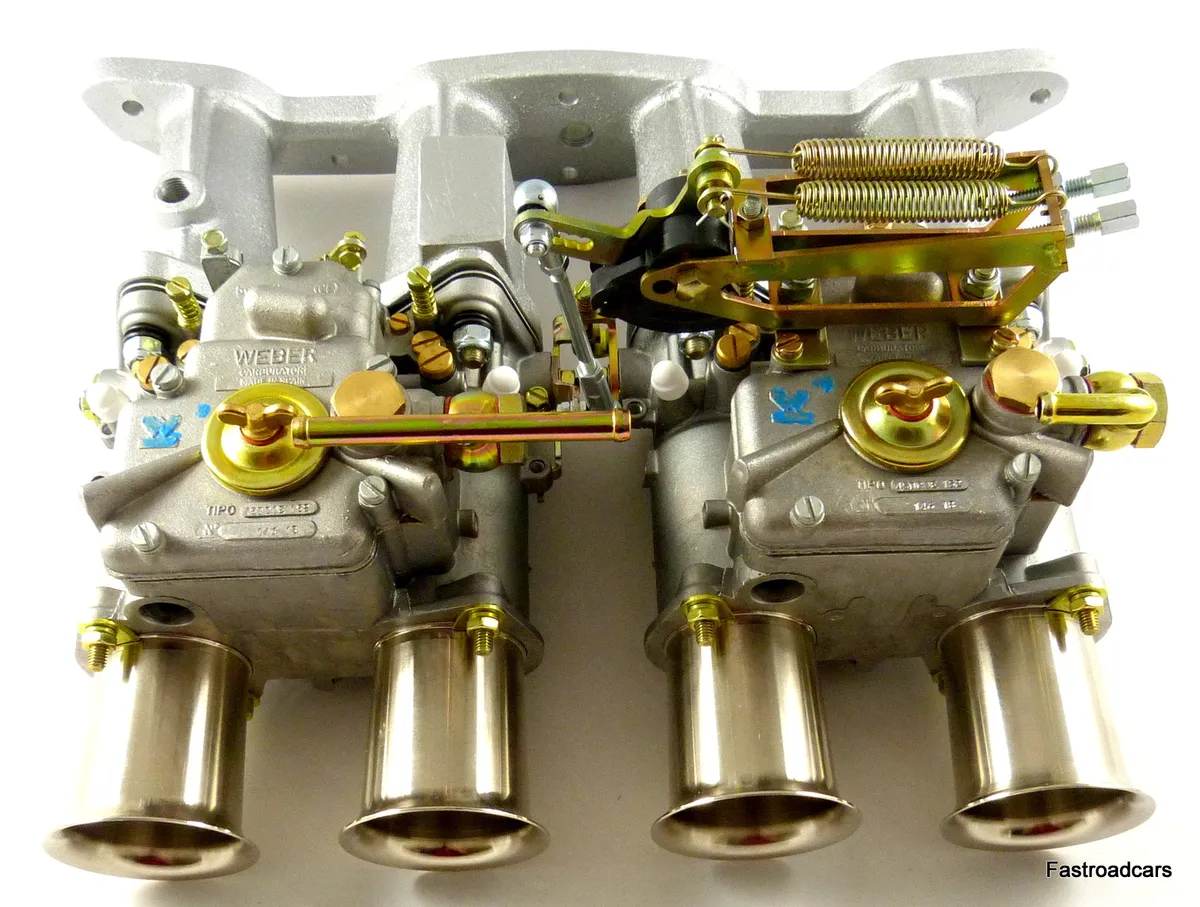How & Why - to correctly balance twin carburettors
- Caveman

- Sep 3, 2023
- 2 min read
Balancing twin carburetors is essential for ensuring the optimal performance and smooth operation of a multi-carbureted engine. This process involves adjusting both carburetors to deliver the same amount of air and fuel mixture to each cylinder. Here's how and why you should correctly balance twin carburetors:
Why Balancing Twin Carburetors is Important:
Engine Performance: Balancing the carburetors ensures that each cylinder receives an equal amount of air and fuel mixture. This promotes even combustion and contributes to better engine performance, including improved power output and throttle response.
Smooth Idling: Balancing helps eliminate rough idling and engine vibrations caused by uneven cylinder firing. A well-balanced engine idles smoothly.
Fuel Efficiency: An evenly balanced air/fuel mixture leads to better fuel efficiency because it maximizes the engine's ability to burn fuel efficiently.
Reduced Engine Wear: A balanced engine experiences less stress and wear since all cylinders are working uniformly. This can extend the lifespan of the engine components.
How to Correctly Balance Twin Carburetors:
Ensure Basics Are Covered: Before you begin, make sure both carburetors are in good condition, free from any defects, and properly tuned individually.
Set Up the Engine: Start by warming up the engine to its normal operating temperature. Ensure all other aspects of the engine are in good condition, including ignition timing and valve adjustments.
Choose a Balancing Method:
Manometer Method: This is the most accurate method. It involves using a specialized tool called a manometer to measure the vacuum or airflow in each carburettor's throat. Adjust the throttle plates on each carburetor until the vacuum readings are equal for all cylinders. This method requires a dedicated tool but provides precise results.
Synchrometer Method: A synchrometer is a simpler and less expensive tool than a manometer. It measures airflow in each carburetor and helps balance them. Attach the synchrometer to each carburetor's throat one at a time and adjust the throttle plates on each carburetor to achieve equal airflow readings.
Uni-Sync Tool: This tool is similar to a synchrometer and can be used for basic balancing. Attach it to each carburetor individually and adjust the throttle plates to achieve equal airflow.
Make Small Adjustments: When balancing, make very small adjustments to the throttle plates or linkage. A small movement can have a significant impact, so take your time and be patient.
Verify and Recheck: After making adjustments, recheck the balance to ensure that it's still correct. It may take several iterations to achieve a perfect balance.
Test Drive: After balancing the carburetors, take the car for a test drive to confirm that it runs smoothly and performs well under various driving conditions, including acceleration and cruising.
Periodic Maintenance: Keep in mind that carburetors can go out of balance over time due to wear or changes in conditions. It's a good idea to periodically check and rebalance them to maintain optimal engine performance.

Properly balanced twin carburetors are crucial for the overall health and performance of a multi-carbureted engine. If you're not comfortable performing this task yourself, consider seeking the assistance of a qualified mechanic or carburetor specialist who has experience with your specific setup.









Comments